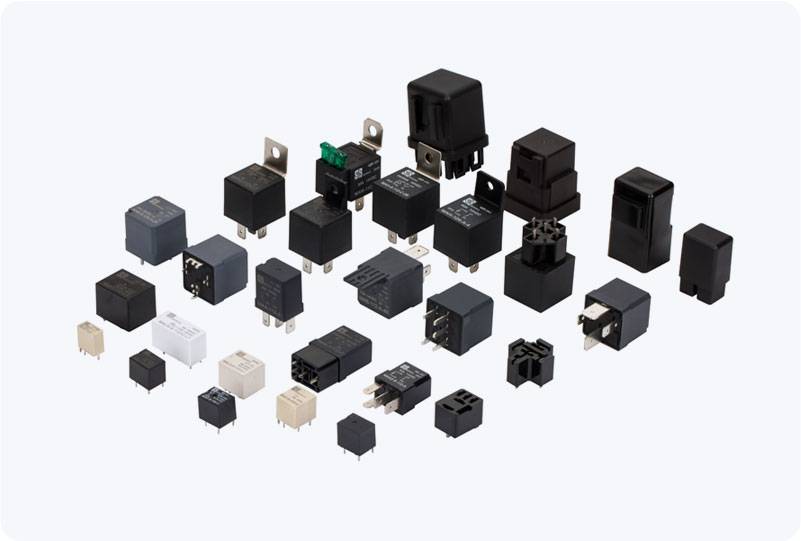the role of iot communication relay modules in modern connectivity
Release time:2025-05-06 22:19:23
The Internet of Things (IoT) is revolutionizing industries and everyday life by enabling seamless communication between devices, creating smarter environments and more efficient systems. However, the success of IoT relies heavily on efficient communication infrastructure, which can sometimes be limited by range, signal interference, or the need to interconnect devices in different environments. This is where the IoT communication relay module plays a vital role. It acts as a bridge, enhancing communication between IoT devices and ensuring robust, long-distance data transmission. In this article, we will explore the purpose, functionality, and applications of IoT communication relay modules, and why they are indispensable in the evolution of IoT systems.

What is an IoT Communication Relay Module?
An IoT communication relay module is a hardware component that allows communication between devices by relaying signals or messages across longer distances or through obstacles. The module typically works by receiving signals from a source device, amplifying or retransmitting them, and then sending them to a destination device. This process helps extend the range of communication and allows IoT devices to work efficiently in environments where direct communication might not be possible due to distance or interference.
Relays in IoT systems can operate in different communication protocols such as Wi-Fi, Bluetooth, Zigbee, LoRa, and cellular networks. These protocols are chosen based on the specific needs of the application, including factors like data transfer rate, power consumption, and communication range. The relay module acts as a signal repeater or amplifier, making sure the message gets through even if the direct path is blocked or too far for reliable transmission.

